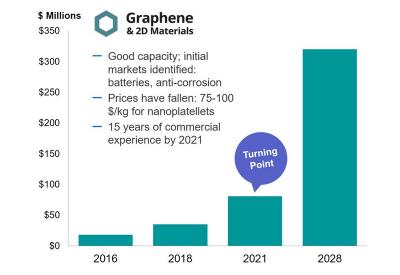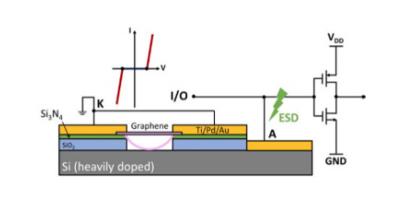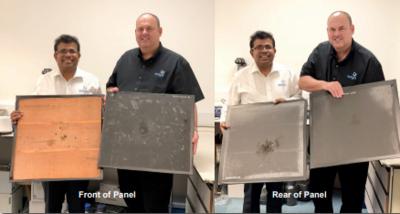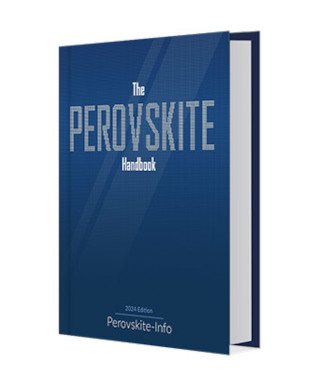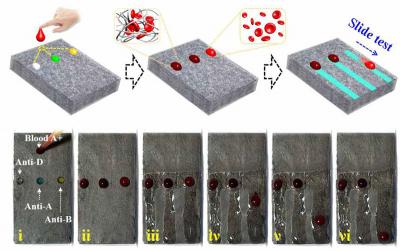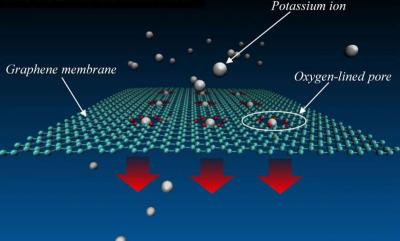The Materials+ Technology research group at the UPV/EHU’s Faculty of Engineering has, in collaboration with the University of Strasbourg, developed unique hydrogels with potential biomedical applications. Starch was used as the raw material and a 3D network structure was produced. When graphene and salvia extracts were added, the hydrogel was provided with electrical properties as well as the necessary antibacterial ones.
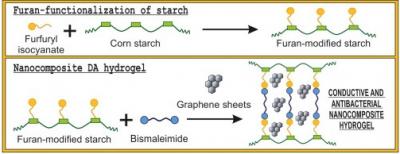
Hydrogels are physical and chemical polymer networks capable of retaining large quantities of liquid in aqueous conditions without losing their dimensional stability. They are used in a various applications and when various components are added to them, they acquire specific properties. This was the path followed by the research team, that selected a rather surprising biopolymer for its hydrogel: starch. One of our lines of research focuses on starch and we regard it as having biological, and physical and chemical properties suitable for producing hydrogels, said Kizkitza Gonzalez-Munduate, a member of the group.
